The Entrepreneurial Accountant: The journey to going solo
Creating your pricing structure: Getting it right from day one
9 March, 2022
Bee Motion founder Stefan Barrett talks about the importance of getting your pricing structure right and shares top tips to help you with it.
Stefan Barrett, founder of Bee Motion Accounting, is back.
In a previous episode of The Entrepreneurial Accountant, he shared some valuable insights on what to expect from life as an entrepreneur, running a practice and dealing with pricing.
Joined by Entrepreneurial Accountant host, Mike Psaras, this time Stefan goes deeper on pricing structures and how to make them work for you and your practice.
Here’s what they cover:
Creating the right structure so you’re not working for free
Moving to subscription-based billing
Saying goodbye to hourly pricing
3 takeaways – on boundaries, billing and flexibility
Creating the right structure so you’re not working for free
Mike Psaras
Hi, and welcome to a bit of a bonus episode of The Entrepreneurial Accountant. There was some great content in Stefan’s original episode that sadly didn’t make the cut.
But the content was too good to miss, so we wanted to release it for you in a separate episode.
Our conversation was about setting boundaries, and figuring out how you’re going to charge from day one, ways to tailor pricing to each client, and the effectiveness of transparency from the get-go.
Thanks for watching, and don’t forget to subscribe on YouTube or Sage Advice.
Let us know if there’s any areas you’d like us to cover, or anyone you think would make a great guest.
Now, back to Stefan and I from a few weeks ago…
Stefan Barrett
And it’s all about creating that structure from day one. I wish I did that from day one.
So, I spent four years trying to learn how to do it, and finding out the hard way, because I found out from actually doing it.
But if I was to… you know, if I was to go back, absolutely. I wouldn’t necessarily use GoProposal from day one, because I don’t think… it probably just started.
I think it started about 2016, so I would have certainly had the structure in place, and been more… I would have stood my ground a little bit more because I think clients can – and they don’t mean to do it in an adverse way – take the mickey a little bit.
“Oh, can you just? Oh, can you just? Can you just look into that? Can you just look into that?”
And it’s like, “Yes, I’ll do that, I’ll do that.”
Before you know it, you’ve got two days in every month where you’re working for free, and it’s just administration days.
And you need to get away from that.
Moving to subscription-based billing
Stefan Barrett
So, what I do find as well, and this is advice to anyone that’s just starting out in practice, you’ve got your hourly charging, you’ve got your monthly subscription-based billing, and then you’ve got your real time subscription-based billing, which is what I call it.
That’s the Bee Motion way of us doing it.
Your hourly rate is like your traditional way of working, so the old school accountant.
Your subscription-based billing is your new way of working. So, you get them on.
Obviously, you onboard the client. You’ll go through that, and subscription-based billing is charging by transactions, and it’s charging by value.
What value do you bring as the accountant to the client?
So, you could sit down in a client meeting, I have X amount of transactions per month, purchase, sales, bank.
Excellent, right, I want the bookkeeping done, want the VAT returns, want the year-end accounts, the corporation tax, the personal tax, the confirmation statements, the payroll, and then I want the full package.
This is the amount, these are the transactions, this is the value, pay me X amount per month.
I think it’s great because then you get your payment on day one, and then it supports the accountant and the business owner from day one.
So, even though you’re not fulfilling the duties a year down the line, such as the year-end accounts and the corporation tax, you’re getting paid for that at the beginning.
Obviously, you will have your deferred income. A completely other story…
Let’s keep it simple.
So, you’re getting paid from day one, so your cash flow is great. So, if you’re worried about cash flow, then get on a subscription-based billing.
Then there is what happens presently with accountants.
So, the issue that I found with that is that gets reviewed potentially once a year. So, you have a meeting with a client and they say it’s 200 transactions a month.
They walk out the building, and then they go twice as busy, and it’s 400 a month.
You’ve agreed the 200, so then you don’t review that for another 12 months, you’ve got scope creep from day one, right the way through.
So, what I do is I said, I’m not having that because I’m not.
One, bottleneck. I’m having to review 500 clients, not happening.
So, on day one, I’m going to charge you a variable. You walk out that building, you’re paying X amount per transaction.
So, when they walk out, and they’re paying, and they’re paying X amount per transaction, then we can then charge the same fee structure that we agreed.
Because it’s transparent on the letter of engagement and the proposal, we can then increase our staff members and increase the resources to the client.
Their fee structure stays the same, but the pricing goes up, and what we do is we follow behind with our pricing.
So, we’re literally like a line graph, we’re following behind.
So, we get paid more, instead of getting paid the same monthly amount.
Each quarter, we’ll true up their transactions, send them an invoice, and say these are your transactions in the quarter.
Here’s your VAT return, this is our fee.
So, one quarter could be £300 pounds plus VAT, the next could be a grand plus VAT.
The difference between the two is the additional resources and time and effort that we’ve put into it to assist their business during a busy period.
So, it’s perfect for seasonal businesses.
You’ve got one business that’s really busy in winter, but quiet in the summer.
Their invoice is low in the summer then it increases during the winter. But then we can then put the additional resources in, as and when.
We’re agile and we can adapt to each and every single client’s business.
So, in short, that is kind of the concept of pricing.
If you can get that from day one, this is why I’m probably saying it, because it’s so important, you’ve not got to change clients’ minds in two years’ time, because we had to do that.
Fortunately, touch wood, we went from hourly pricing, we missed out the subscription-based billing and went to real time and said, “This is our way. If you like it, great. If you don’t, I’m really sorry, you’re not the right client for us.”
And we didn’t lose one single VAT-registered client.
Saying goodbye to hourly pricing
Mike Psaras
I bet you didn’t and I think it’s really cool, and I think it works, and you probably didn’t get any kickback, because it’s really fair, it’s really transparent.
It’s consistent.
You know, there’s none of this, I think it will be £500 pounds, like.
Stefan Barrett
There’s nothing more scary.
Imagine going… because solicitors and accountants are quite similar. Solicitors are working in the old school, obviously charging hourly.
Imagine walking into a solicitor and saying, the fee’s about a grand, and then you get above £1,500, you’d be like, “Err, what? You said… ”
So, it’s like the hourly pricing needs to disappear.
The only thing that we do charge hourly for is that on our letter of engagement and proposal.
And we’re very transparent – if there’s any work over and above the outside usual works, the out-of-scope works, we’ll let you know in advance.
And we will charge you an hourly rate just because we can’t put… if we can’t put a value to that… unless I can put a value to it on an ad hoc basis, whether it’s, you know, some complex work, or whether it’s one of the juniors that’s doing some additional work, then I’ll just say it’s X amount per hour.
And I’m happy with that, and if you’re happy with that, I’m happy with that, and the clients know that.
So, it is still variable, and clients don’t know what invoice they’re going to get in the quarter, but they’ve agreed at the very beginning based on how their business activities are.
3 takeaways – on boundaries, billing and flexibility
Mike Psaras
We went through a lot there, so I thought it would be good to do a little recap with three takeaways.
One, set your boundaries and structure from your very first day.
Get clear on how you’re going to charge for your services from day one to make sure you’re not leaving revenue on the table.
Two, utilise different types of billing available to you.
As Stefan says, aim for the majority of your work to be subscription-based so you have guaranteed income.
For any additional work outside the scope, estimate the time spent and utilise an hourly rate.
Three, be flexible.
Some of your clients will no doubt be seasonal, so factor that into your pricing and resourcing structures.
Ideally, you’ll be able to scale up and down at the same time as they do throughout the year.
Be sure to go back and watch previous episodes on Sage Advice, including the full episode with Stefan.
To make sure you catch every episode, subscribe to the channel or sign up to the Sage Advice newsletter at the bottom of the page.
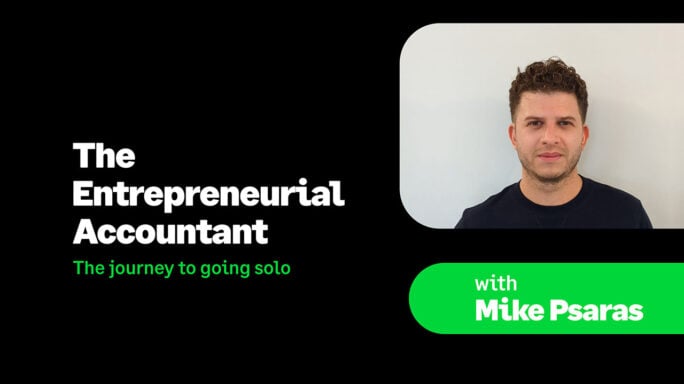

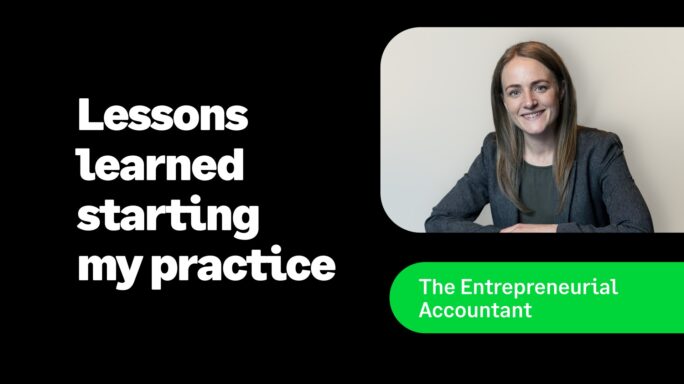
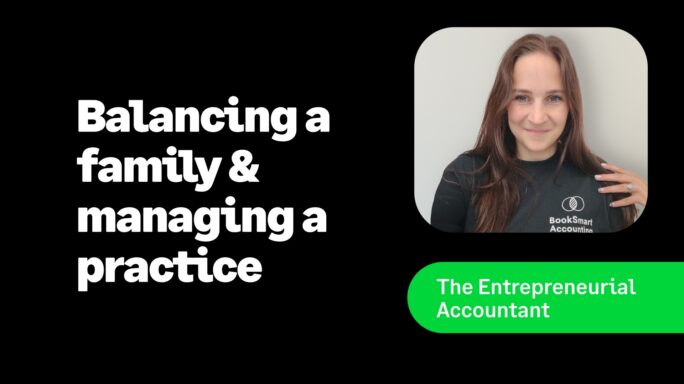
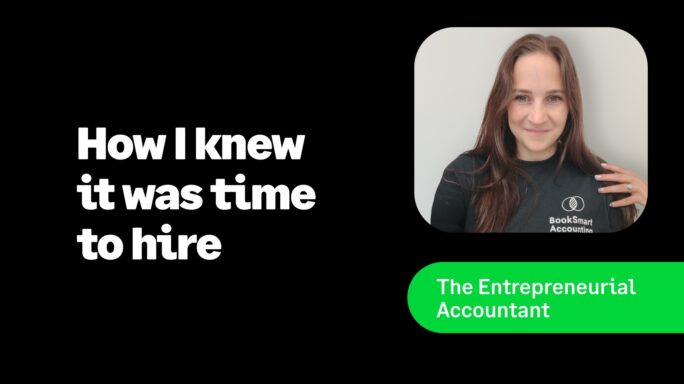
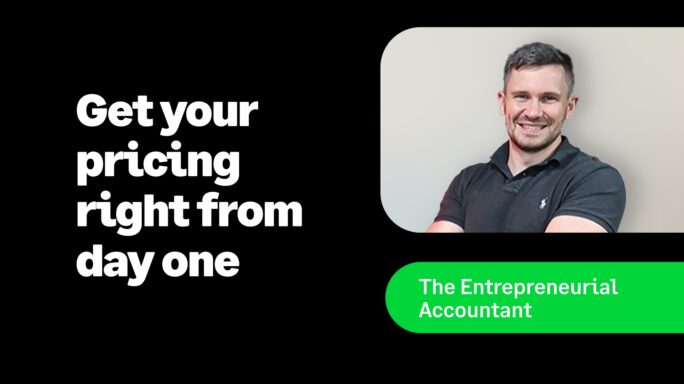

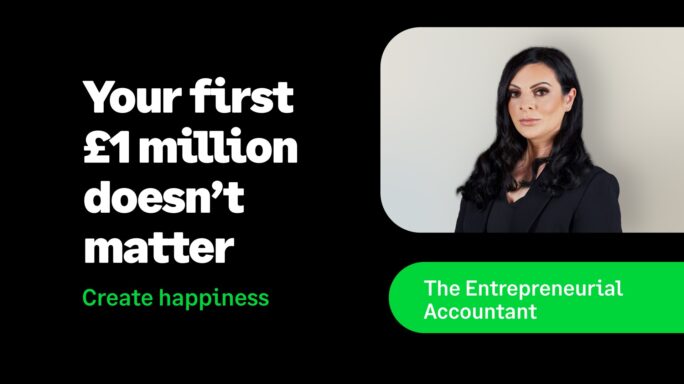
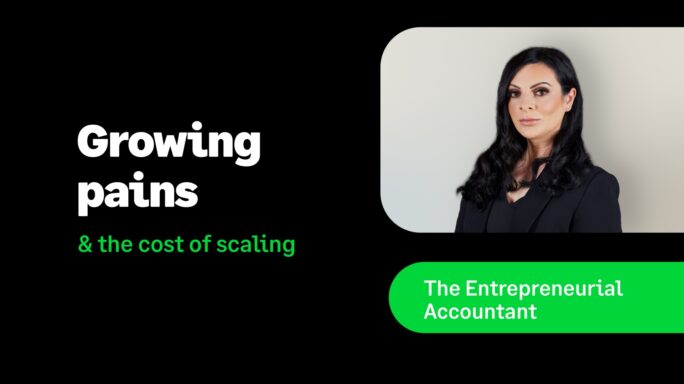
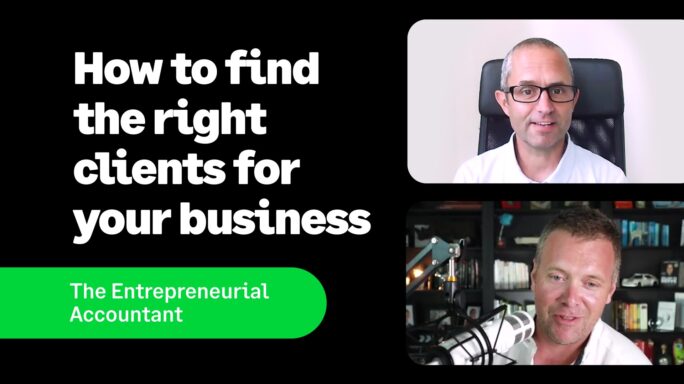
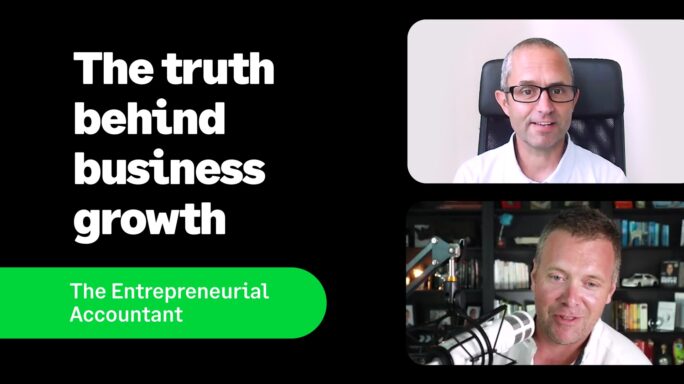
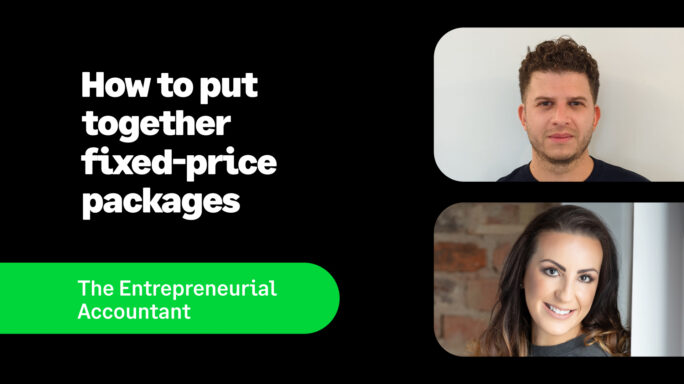
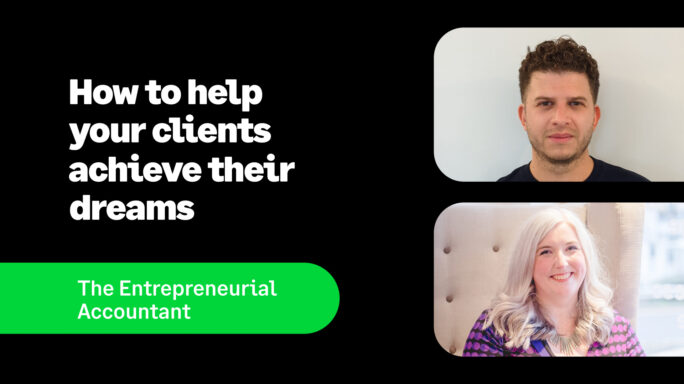
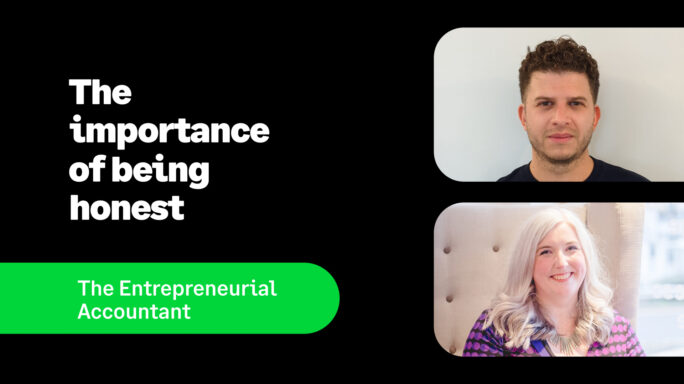
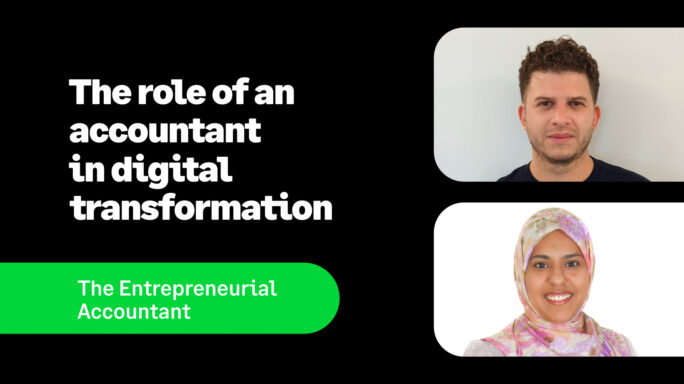
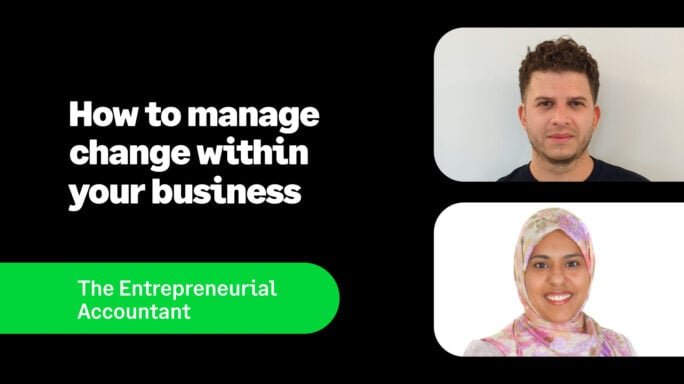
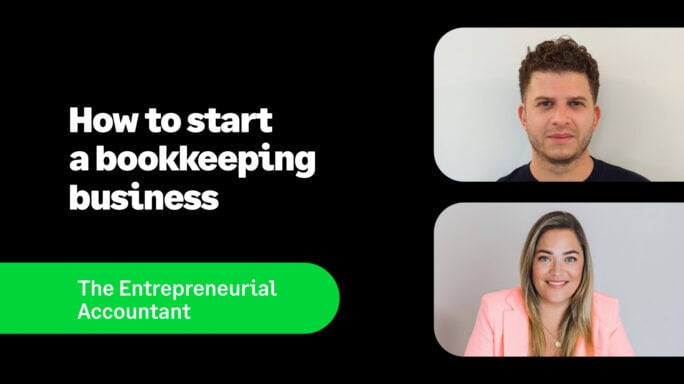
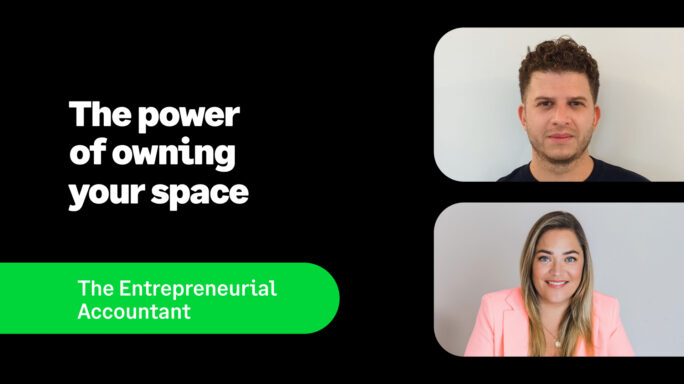







Comment below